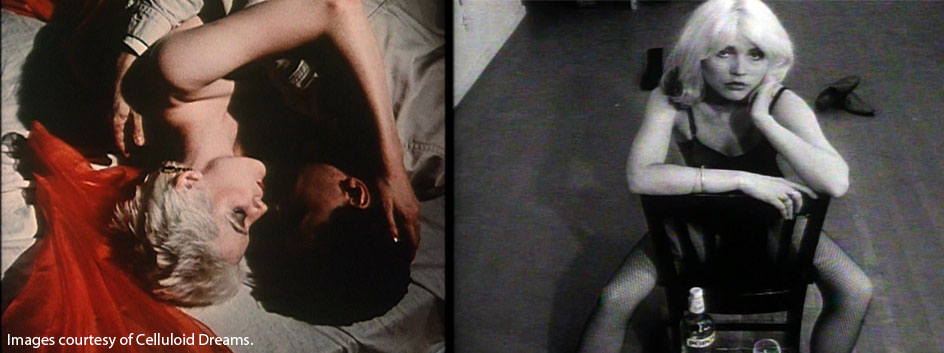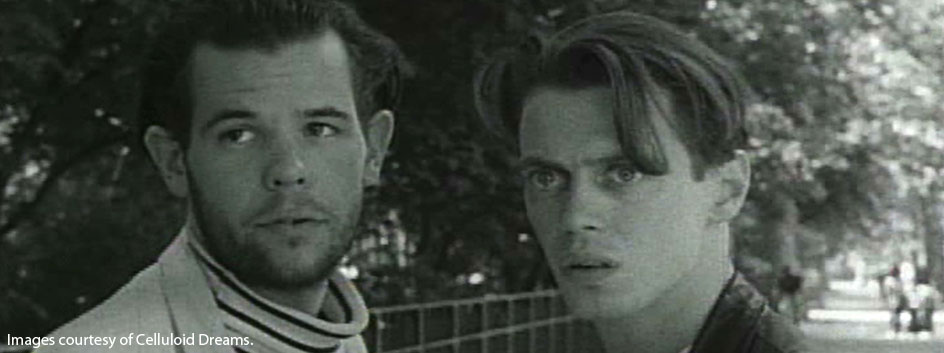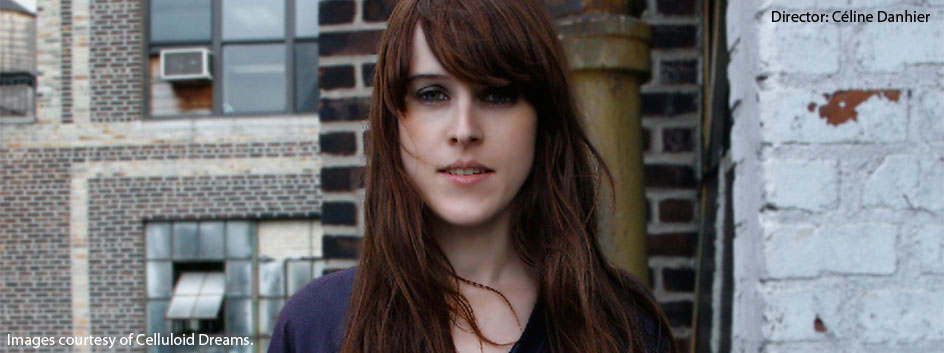Blank City
Blank City un film underground.
Can you tell me the description of this film?
BLANK CITY uncovers New York’s underground filmmaking scene roughly between 1977 and 1987, a time when pioneering independent filmmakers collaborated with experimental musicians and vanguard artists, on a shoestring budget, to create some of the most daring films of their generation.
New York City in the late 1970s was a city near bankrupt from the US economic stagnation where electricity blackouts, poverty, spiraling welfare debt and crime rates soared. However, this proved fertile ground for a flourishing community of confrontational artists, musicians and filmmakers. Taking a punk, do-it-yourself approach, these artists picked up super 8 cameras and began to turn them on themselves and their friends.
Artists such as Jim Jarmusch, Nick Zedd, Richard Kern, Lydia Lunch and Amos Poe debuted early works to an audience of their peers. Imbuing their art with a poetic anger – they carved out a nihilistic, street-level aesthetic that left an indelible mark on the art world.
Full of interviews with the major players and rarely seen footage, BLANK CITY looks at how this explosion of creativity dubbed “No Wave Cinema” and “Cinema of Transgression” has lost none of its raw power and the shock-waves still reverberate today.
What was your inspiration to make this film?
My love for New York’s No Wave music and cinema together with my frustration in finding these films, first inspired me to make Blank City. I remember one time I saw “Rome 78” from James Nares at the “Centre Pompidou” in Paris during a “ No Wave films” retrospective. In this film John Lurie, Lydia Lunch, Pat Place, Gordon Stevenson, James Chance (musicians that I already knew and loved, eg. Lounge Lizards, Teenage Jesus and the Jerks, Contortions, Bush Tetras) acted in it. It made me more curious about the scene in New York at that time. From Paris, I started tracking down the people I hoped to interview in the film. Then, when I moved to New York about 3 years ago, I quickly met my Producer and Editor, and so decided to make this documentary.
Our fist idea was to make a film in the style of Legs McNeil’s book “Please Kill Me” : tell the story by the people who were part of this scene. We would just help weave the stories together and fit the puzzle pieces together. But the most important was that we really wanted to make a documentary for everybody interested in any form of art – whether it’s film, music, performing, writing, drawing or painting or just that shared purpose of struggle and passion to create something completely of the moment.
Why did Eric Mitchell originally not appear in the first cut?
It was very difficult to locate Eric Mitchell. I later found out he splits his time between New York and Paris. Eventually, when I found out he was here in NY, it was the middle of winter. This was 2009.
But, he never responded to my emails. He didn’t know me or what type of project I was trying to create. But, I ended up finding out his exact address in the Eat Village and I ended up just showing up with a small camera crew, and filming him one day when he left his building. It was like a man on the street interview. I told him who I was and just asked him a bunch of questions. But he was in a hurry and so the interview probably only lasted maybe 5 minutes. And, it was freezing that day. Probably the coldest day that winter and it seemed like we were breathing out little white puffs of smoke – that’s how cold it was.
So the interview style was very different than the rest of my film. In the editing room, it was very difficult to work this interview in the film. And, I was on camera and you know, you hear me asking the questions with my French accent.
But its was really important to have him in the film, because with “Kidnapped”, “Underground USA” and “The Way It Is” his films are central to the « No Wave film movement » and Jim Jarmusch credits him as a huge influence.
So, we asked Eric to see our film during the Tribeca film festival, and after he saw it, he agreed to sit down with us for a longer interview and appear in the documentary.
I would like to use the other interview when I release the film onto DVD as one of the extras.
What was the response of the public to the film?
I really wasn’t sure what kind of response I would get from audiences. I wanted to make a film to broaden the audience for these films and draw attention to these film movements of those who might be interested by independent film or the music or the art – but not necessarily know who Nick Zedd or who Eric Mitchell are.
I am very happy to report that people have been very enthusiastic by the film and how we made it. And, so many people have told me that they felt inspired to make their own movie or find out more about these films… And, to me bringing creative inspiration to others is one of the best feelings, as that’s why I made this documentary in the first place, because I simply felt so inspired.




Comenta